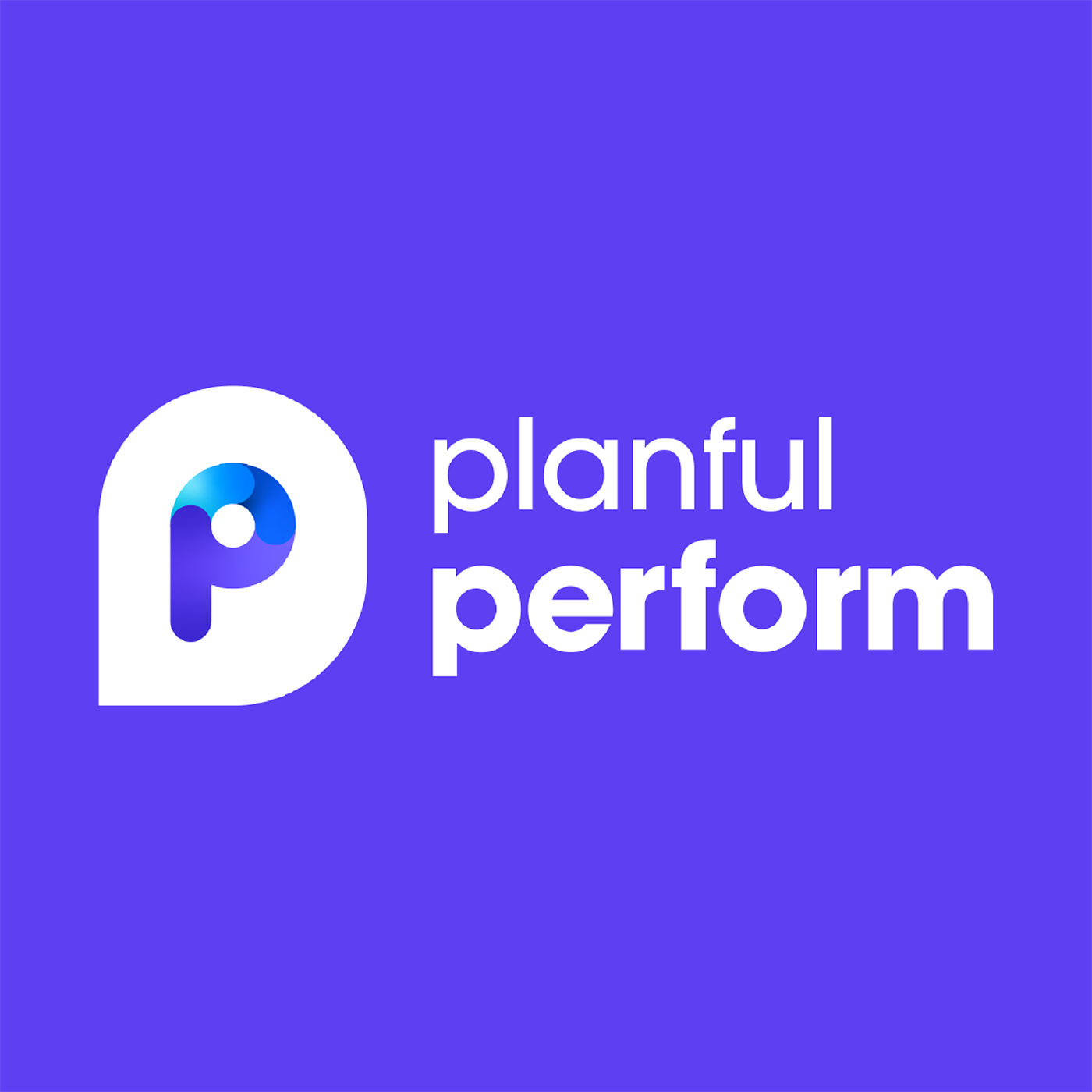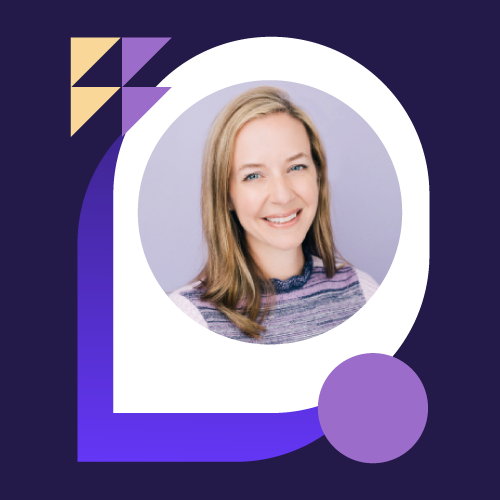How Imperial Dade Brought Financial Maturity to the Entire Enterprise with Johann Cabe
- 0.5
- 1
- 1.25
- 1.5
- 1.75
- 2
Johann: Good afternoon and good morning. My name is Johann. I'm the director of FP& A over at Imperial Dade in New Jersey and today I'm going to be talking to you about how Imperial Dade brought financial maturity to the entire enterprise. A little background on myself: I've been in FP& A for pretty much my entire career, 15 years. I've spanned commercial banking, specialty gases, manufacturing, even a translation company, and finally, I'm in distribution. My experience has also been building FP& A departments from the ground up. Most of the time when I'm brought into an organization, a lot of it is because they want to build out an FP& A department from FP& A professionals, so it's been a great experience. The last couple jobs of jobs that I've had, I've had that great opportunity. I've also worked in both the public and the private equity space throughout my career. Most recently, I am in the private equity space, and it's a lot of fun. I think it's very challenging and very interesting. But also, I've had the great opportunity in my career to actually do a lot of full life cycle implementations, especially with SAP, and more importantly, with Planful. Those experiences have really helped shape my career and helped me contribute to my organization and to the organizations I've been a part of. Imperial Dade, a very quick synopsis, we're one of the leading independently owned and operated distributor of foodservice packaging and facility maintenance supplies all across the United States and Puerto Rico and the Caribbean. Today's agenda is going to be pretty decent, right? We're going to talk about the financial roadmap that we implemented at Imperial Dade. We'll talk about how we incorporated the financial close, the consolidations, and the reporting into Planful. Then we'll also talk a little bit about how we've expanded our organization utilization of Planful. We'll talk a little bit about how we then implemented forecasting and budgeting using Planful, stepping away from the traditional Excel files. Then finally, we'll talk a little bit about dynamic commentary and our BlackLine implementation and how they have and will continue to help Imperial Dade continue to operate in our space. More importantly, we'll talk a little bit about the future of where we see and how we're going to be using Planful at Imperial. A little bit about our financial roadmap, when we decided to implement Planful at Imperial, we went with a multi- phased approach. The reason that we wanted to go with a multi- phased approach is because we wanted to build on a success before we started a new project and a new phase of our evolution. Our financial roadmap really built on phase one, where we wanted to get our financial consolidations and reporting all in Planful. We then needed to integrate budgets, but because we were going with a multi- phased approach, the budgets were still offline, but we incorporated it into Planful. The second phase of our financial roadmap was to actually use Planful to do all of our budgeting and forecasting, and more importantly, headcount planning. All of these features were available when we were initially implementing Planful, or at that time, it was Host Analytics, and we wanted to eventually get to that stage. Finally, well, not necessarily finally, but our next phase that we had envisioned was the broader utilization by our organization, integrating BlackLine, and then eventually continuing on to continuous planning. For a lot of us in the FP& A world, continuous planning is one of those dreams that we would love to be able to do. Thankfully, with Planful, we've been able to envision that in a shorter timeline. Let's talk a little bit about our financial consolidation, our close, and our reporting. Imperial Dade had multiple ERP systems that were running independently. Planful had allowed us to basically consolidate those ERPs into one financial reporting tool. More importantly, it allowed us to load transactional information and it allowed us to integrate all of our acquisitions as we had been acquiring them into all of our financial reporting. If you can imagine, if you did not have a system like Planful, you would be either adding a tab or creating new files and manually consolidating information. That is a recipe for disaster. Planful helped us bridge that gap. It allowed us to consolidate information from multiple ERPs, have a consistent reporting, and allow us to essentially speak the same language across our entire organization so that when a branch manager at one location was trying to explain a variance, they knew where that information originated from, and they knew how to explain it. The standardized reporting was also critical. We used the report collection options in Planful to basically create our financial packages, but what was even more important about that is that Planful allowed us to do two types of financial reporting. We were able to report GAAP and we were able to report management, or what most of us know as" non- GAAP reporting." That one advantage that we were able to leverage in Planful has helped us do a lot of analysis that before we would never be able to do in one environment, especially when you have multiple ERPs. During my time at Imperial, and I started at Imperial back in 2018, we basically have grown from a company of about 1. 4 billion in sales to well over two billion in sales today. During that time, we've also acquired over 20 acquisitions all over the United States. It's all available on the Imperial Dade website to talk about those different acquisitions and where they were all over the country. Phase two of our whole Planful roadmap was to start incorporating the forecast and budgeting models into Planful. Like I said earlier, we used to do all of our budgeting and forecasting basically in Excel. That is grossly inefficient and it takes too much time. With Planful, we've been able to cut down that forecasting process from what took over a month into about two weeks. I'm happy to say that we finished our six- by- six forecast in under two weeks all by using Planful. How did we do it? We used the planning templates. We created these and essentially created five or six templates that we seeded with information and then drove the financial details using KPIs. Those financial details allowed us to build a P& L driven by assumptions that basically can vary from percent of net sales, a cost per case, or even just the historical average. But what those templates have essentially allowed us to do is it allowed us to create a P& L almost instantaneously. We start with one step and we're able to push it down. Previously, if we were to do this all in Excel, you'd have to create all these different combinations and seed the data yourself manually. A recipe for disaster. Fat- fingered errors, deleted formulas, somebody decided they wanted to insert a row. You couldn't do that and you wouldn't be able to do that in two weeks. Our team at Imperial Dade was able to do that because of the process and because of the technology that Planful has enabled us to do. Our board had envisioned for us to do more forecasts throughout the year. The simple answer is," As long as we're not doing it in Excel," and we aren't, we're doing it here in Planful through the planning templates, seeding information, and generating a P& L. We can say that in the upcoming short term future, we will be able to do three- by- nines, six- by- sixes, nine- by- threes, and then eventually, a rolling forecast, something that in my FP& A career was always a dream that you can do rolling forecasts throughout the year, and be able to do it successfully. 1400 different department location combinations are now created in Planful with all the same KPI- driven analysis that generates a full P& L. That is one of the best advantages that we've been able to get from Planful, aside from just regular ability to have access to data and be able to understand what's going in our results. I want to show you an example of our templates. Our forecast template is, like I said, built on KPIs, so the screenshot that you see today, or the screenshot that you see right now, is basically one of those templates where those cells are seeded with assumptions that we want to use, whether it's based on the volume, based on net sales, or based on the history. We just prepare, basically update the template, based on those KPIs that we've developed over time to be good examples of what the P& L needs to reflect its results, right? Think of percent of net sales driving a cost or that 200 cases drive X number of dollars in delivery expense. That information is all fed into one of the six templates. Then after we seed the volume or the other relevant data, the template automatically gets populated with all of this information at an account level and at an account and location level and at a cost center level. In that instance, after, you run the process in the background, we now have a consolidated P& L by location in the way we want to see it with information ranging from the current year through the end of the year, even all the way into next year, stuff that you could never do in Excel, stuff that you would only imagine that you can do. But if you think about it, our board, our executive management team, pushed upon us to be able to deliver multiple forecasts throughout the year. That could not be possible with Excel and only Excel. Our next approach in Planful and through our roadmap has been to get our entire organization to start using Planful more consistently. If I look back and take a look at what we as an organization were before Planful, a lot of it was a reactive organization, right? For most of us in the FP& A world, it's," Hey, you get a result. Oh, there was something wrong. I have to explain it and I have to correct it next month." But what Planful has allowed us to be able to do is it allowed us to give this tool, this information to our finance leadership across the board, across the organization at every location so that instead of waiting for the preliminary or the final P& L to come out and then react, they can actually look at their results as we're closing. As we're closing the books throughout the month, they're able to identify those errors and issues and correct them before we finalize our results. It's the worst thing for a finance leader to go into a meeting with the board or executives and say," Oh, we have expenses that are unusually high this month because, well, there's an error and we're going to correct it next month." We've been able to bridge that gap by implementing Planful across the organization. A branch manager of Imperial, once we deployed it out to him, once said to me," This is a solution I've been waiting for for two years." Why? Because Planful basically allowed him to see the transactional information that built his P& L, allowed him to proactively react to that information, and correct it in the current month. But more importantly, it allowed that branch manager to be proactive in his operation at the branch, knowing that I have these expenses that are hitting my P& L and I don't want those expenses, and I realize that those are unnecessary expenses, so next month, and the following months, they're able to react accordingly. Planful has also given us this ability to control access, right? One of the most important things about deploying information across the organization is limiting visibility to other people's data. Planful's security profiles and allowing us to limit access to a specific branch only has really enabled us to leverage this. It also prevents other people from really seeing other people's data and saying," Oh, well, so- and- so is this." No, you should only care about yours. Another great thing about Planful and how we've deployed it across the organization is that we've also made our organization use only specific reports, right? By limiting the number of reports, you allow them to actually understand the system better because they're accustomed to all these things that they're always seeing month over month, so they know how to navigate the system, get past things, and really drill through the data that they need to, and be able to react proactively rather than reactively after the fact. One of the other, as we've grown on our successes with Planful, those different phased approaches, and as we've deployed it throughout the organization, the only things that we keep looking forward to is how much more we can use and leverage Planful in our organization. It's funny, a lot of us see those popups when we log into Planful in the morning, and click out of it, exit out, forget about it, don't even bother reading it. The fact that that popup showed up and dynamic commentary was on it is one of the reasons why we implemented dynamic commentary in Planful for our organization. We're able to leverage comments in our reports, understand what drives the variances, but more importantly, it allows us to be able to look back and be able to understand," Oh, the variance in the month of June was due to this." We don't have to look for emails, we don't have to message the accountant," Hey, what was this variance related to?" We all have that information here in one system where everyone can access it. It's a great feature that we've just recently just started to deploy and I'm very excited to actually use it more often. This conference has really showed me that there's other options to incorporating dynamic commentary into all of our reporting. Finally, but like I said, not finally, our financial roadmap has been to implement BlackLine into Planful. By implementing BlackLine, we will now have complete financial control and a single source of truth. For the auditors, for anyone who's trying to understand how our business is going, and for across our organization to know that the numbers that we are presenting are true and accurate, that is an important aspect of this whole life cycle of Planful and Planful at Imperial. It's important for us from a GAAP perspective, it's important from us from every perspective, trusting that the numbers make sense and that the numbers are right. I've spoken a lot about how we've implemented Planful, and to some, it may be," Wow, you've done a lot and you've succeeded in doing that." But the most important thing to remember is that there are certain things that have allowed us to succeed at Imperial with our implementation of Planful. Those were just these keys to success. They were developing a roadmap, finding that roadmap, and following it through, building upon the victories. The victories are what allow you to not feel like you failed. Those roadmaps allow you to know when you've achieved those victories. I'll skip the next one, but I'll say that the other important key to success has been this executive sponsorship and accountability. If your executive board, if the board of directors, if they are not sponsoring you and pushing you, but more importantly than sponsoring you, giving you a blank check, is holding you accountable to those deliverables. Our CFO at Imperial once said to me while we were implementing Planful," I do not want to see one financial report that didn't come out of Planful." That is not only sponsorship, but that is accountability. To this day, none of our financial reports are generated outside of Planful. Planful does all of our financial reporting. Finally, challenging the norm. I've been in FP&A for 15 years, for my entire career, and in the past, you would easily hear the comment," Oh, you can't do that. You just have to do it in Excel." But that isn't what the cloud really allows us to do and that isn't what Planful has allowed us to do. It allowed us to challenge the things that we thought we couldn't do and make them the things that we can do. You would never have imagined two years ago that the finance leadership at the branches would be able to drill through their data and react accordingly to the close. You would never imagine being able to do a KPI- seeded forecast and budget in an environment because we all believed in Excel only. But because we challenged that norm, but because our executives and our board challenged our ability to do things and challenged us to do more, we were able to find those opportunities and we were able to find them through here at Planful. Thank you very much.
DESCRIPTION
Imperial Dade wanted to streamline financial efforts across their locations, so they turned to Planful and used a phased approach to bring financial maturity to every corner of the business. Hear Johann Cabe, Director of FP&A, explain the steps the company took to start with Planful for close and consolidation and methodically evolve to rolling forecasts, dynamic commentary, and more. And, learn why Imperial Dade has more than doubled its number of Planful users to provide more visibility while increasing everyone’s financial IQ.
Today's Guests








